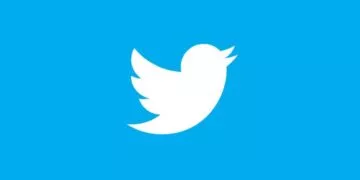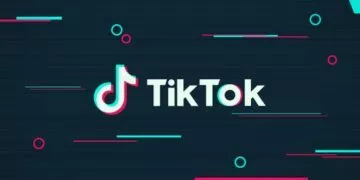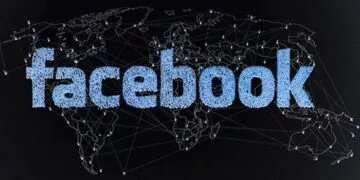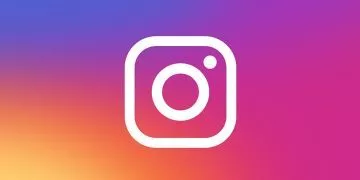The hashtag became an internet tagging phenomenon across most if not all social media platforms.
But where did this symbol come from, and how did it turn into a daily term?
This little symbol has created big things and connected the world in many ways.
Here are 9 facts about the hashtag that you didn’t know.
The hashtag was first used online on August 23, 2007.
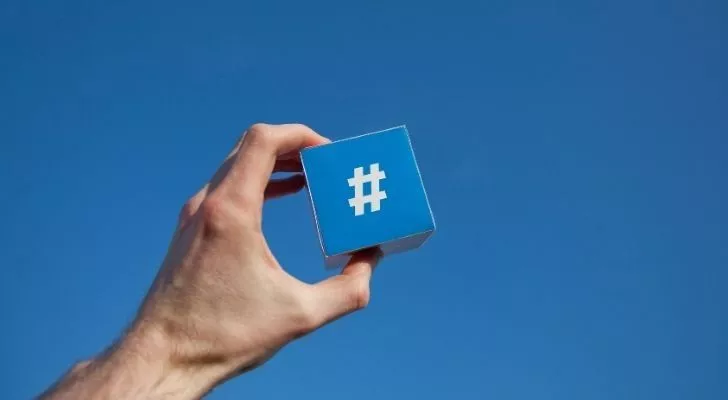
Chris Messina first suggested using the hashtag to keep track of conversations on Twitter.
He approached Twitter with the concept at a bad time as they were preoccupied, and sadly the idea was forgotten.
So Messina started to use them regardless to see if he could start a trend.
Finally, Twitter caught on, and this is where the hashtag became what it is today.
Messina’s first-ever hashtag was #barcamp.
The hashtag is used to mean number or pounds (lb).
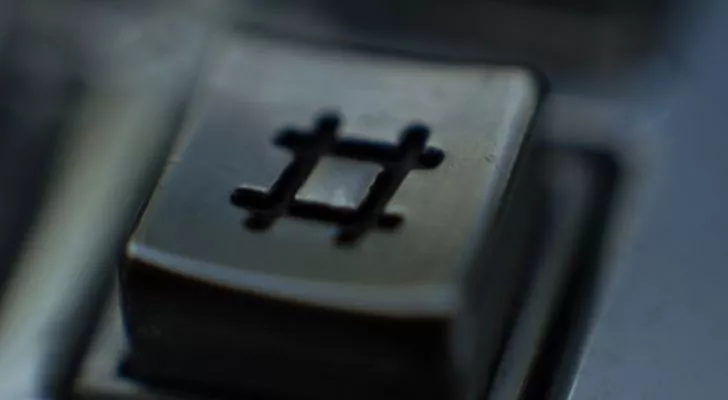
The “hashtag” used to be associated with the “pound” sign in the US.
The Latin for pound weight was “libra pondo,” and in the 14th century, the term became abbreviated to lb.
In the late 1800s, the Blickensderfer model 5 typewriter explained in its manual that the “#” symbol could be used for pound weight as there was no lb button.
The manual wrote that if “#” was placed in front of a word, it referred to a number. But if “#” was placed after a word, it referred to pound weight.
This was the beginning of the “#” used to represent weight and numbers.
You cannot patent a hashtag.
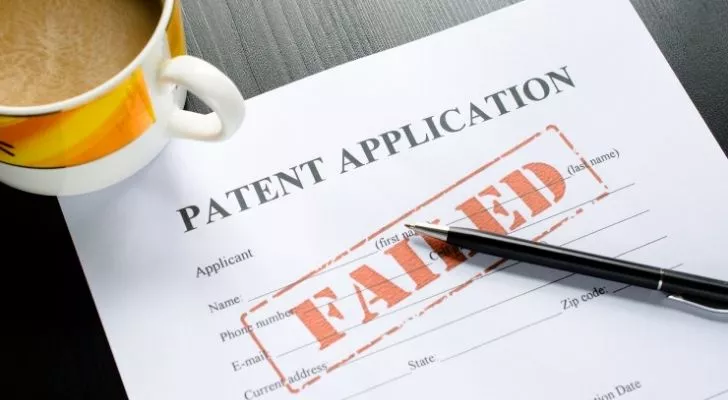
Some people wonder why Messina didn’t patent the hashtag, as he could be a millionaire.
The answer is he couldn’t. Although he had no interest in doing so, it isn’t possible. You can only patent a design, invention, process, or a machine.
The hashtag concept or hashtags themselves don’t fall into any qualifying categories.
The only way to own a hashtag is to trademark it.
A feature called the “hashflag” was introduced in 2010.
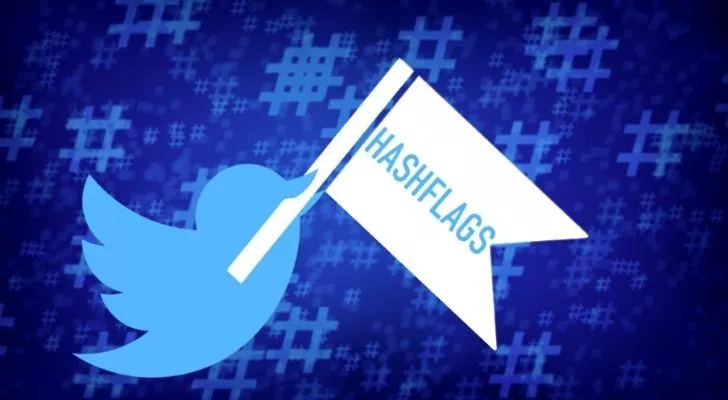
Twitter used “hashflags” alongside the 2010 World Cup in South Africa.
This was a temporary feature during the World Cup. It stopped once the matches were over.
But due to its success, Twitter reintroduced hashflags in 2014 for the World Cup in Brazil.
The system worked by allowing users to tweet the three-letter country code of the 32 competing countries.
Once this was typed into the hashtag, it would be replaced with the specific country flag.
Hashtags are so popular that they appear in our food.
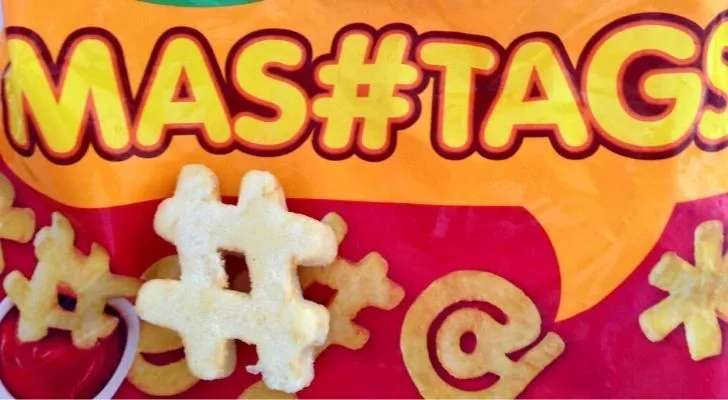
In 2014 Bird’s Eye food created a new deep-fried delight called the “mashtag.”
This was an updated variation of their famous smiley faces that they thought would attract the social media generation.
The crispy potato shapes included the hashtag and various other symbols associated with social media.
Hashtag is in the Oxford dictionary.
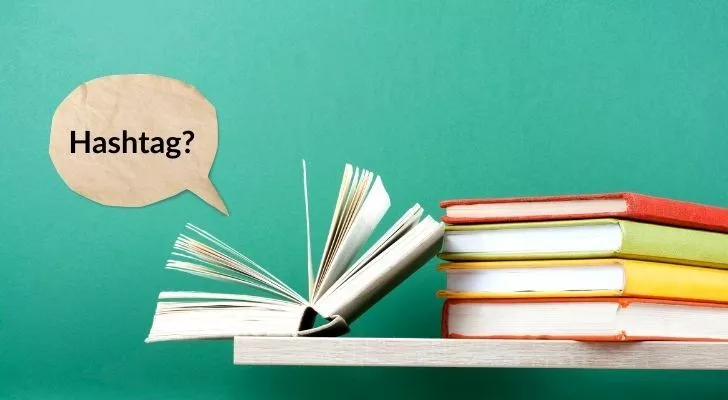
In June 2014, the word “hashtag” was added to the Oxford dictionary.
It is labeled in the Oxford Dictionary with the following description:
“A word or phrase with the symbol # in front of it, used on social media websites and apps so that you can search for all messages with the same subject.”
#Thedress became a viral phenomenon on the Internet in 2015.
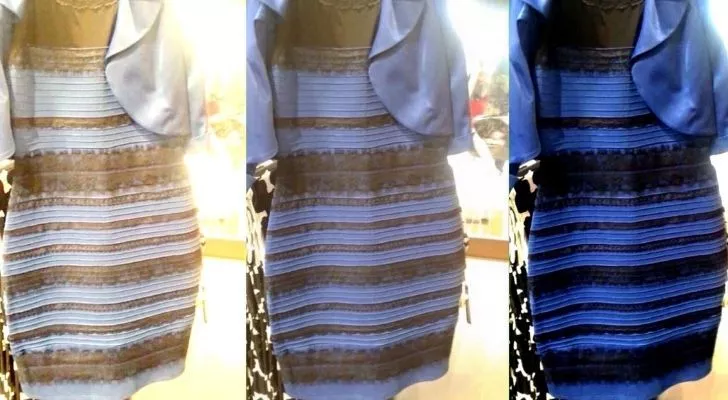
On February 26, 2015, Caitlin McNeill posted a photo of the dress on her Tumblr and asked if the dress was blue and black or white and gold following a dispute at her friend’s wedding.
The post became a sensation overnight, and the post was getting around 14,000 views per second.
The worldwide discussion started appearing across other social media platforms such as Twitter, where people started using hashtags alongside the image.
#blueandblack and #whiteandgold became the way of saying how you saw the #Thedress.
#TwitterBestFandom was tweeted 60,055,339 times in 24 hours.
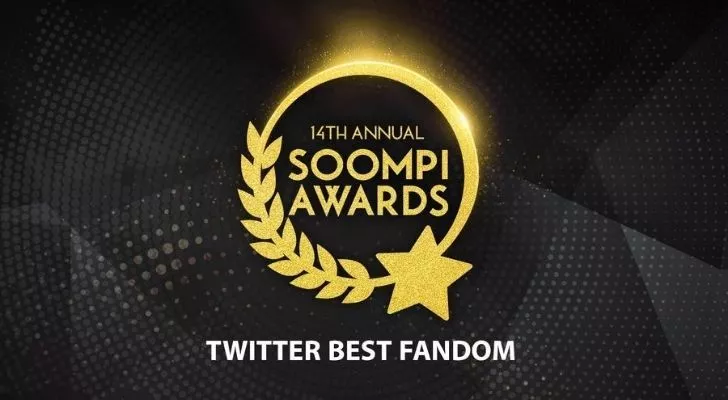
On March 17, 2019, #TwitterBestFandom broke a world record for the most used hashtag on Twitter in 24 hours.
For 24 hours between March 16 and 17, #TwitterBestFandom was used to allow the general public to vote at the 14th Annual Soompi Awards.
The Soompi Awards celebrate the best in Korean television, music, and entertainment.
Fans were invited to vote using the hashtag alongside their favorite act.
The most used hashtag of 2021 on Instagram was #love.
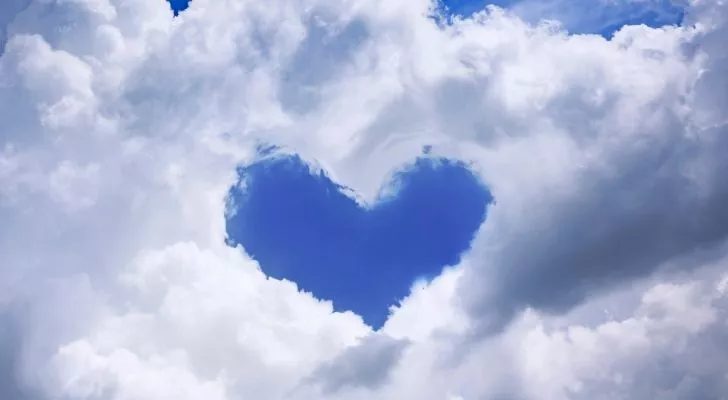
2021 was a year the world began to get back to normal. While there were popular hashtags relating to world events, the most used hashtag of the year was #love.
#Love has been used for showing love to friends, family, colleagues, industries, and businesses we care about.
Perhaps it shows that no matter what is going on in the world, all we need is #love to get by.
The hashtag or “#” symbol has changed over the years and hasn’t always had the same purpose.
The hashtag started life as the pound sign and was used on telephone number pads, but it still appears in our everyday life through social media.
Hashtags have taken over the way we communicate and find information on the internet and appear in our daily lives.
Due to its excessive use online and in real life, the hashtag was added to the Oxford Dictionary and became a recognized word.
This convenient communication method has helped us navigate social media and create awareness.
So, what is next for the hashtag?


